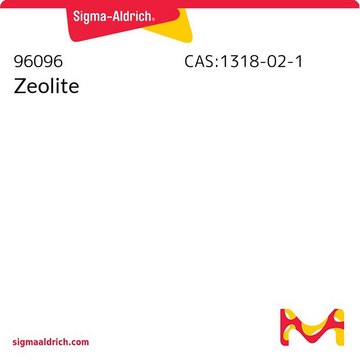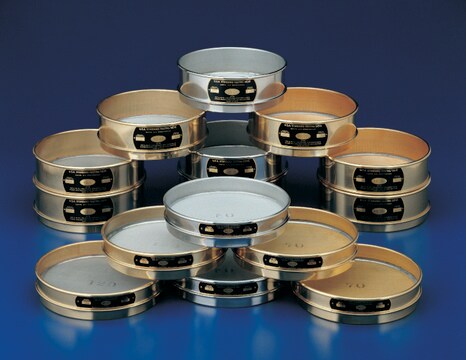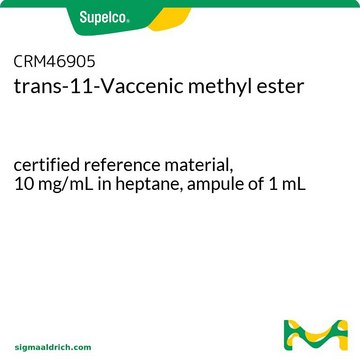Alle Fotos(1)
Wichtige Dokumente
19699
cis-2-Decensäure
≥95.0% (HPLC)
Synonym(e):
2-Decenoic acid, (2Z)-
Anmeldenzur Ansicht organisationsspezifischer und vertraglich vereinbarter Preise
Alle Fotos(1)
About This Item
Empirische Formel (Hill-System):
C10H18O2
CAS-Nummer:
Molekulargewicht:
170.25
Beilstein:
1721990
MDL-Nummer:
UNSPSC-Code:
12352211
PubChem Substanz-ID:
NACRES:
NA.25
Empfohlene Produkte
Qualitätsniveau
Assay
≥95.0% (HPLC)
95.0-105.0% (T)
Form
liquid
Funktionelle Gruppe
carboxylic acid
Lipid-Typ
unsaturated FAs
Lagertemp.
−20°C
SMILES String
CCCCCCC\C=C/C(O)=O
InChI
1S/C10H18O2/c1-2-3-4-5-6-7-8-9-10(11)12/h8-9H,2-7H2,1H3,(H,11,12)/b9-8-
InChIKey
WXBXVVIUZANZAU-HJWRWDBZSA-N
Suchen Sie nach ähnlichen Produkten? Aufrufen Leitfaden zum Produktvergleich
Verwandte Kategorien
Anwendung
cis-2-Decenoic acid may be used to study its cytotoxic effect on the human HepG2 cell line. It has also been used to study its synergistic anti-spirochetal effect.
Biochem./physiol. Wirkung
cis-2-Decenoic acid is a fatty acid messenger (signaling molecule) produced by Pseudomonas aeruginosa. It possesses anti-biofilm property and converts most of the cells to planktonic (free-swimming) phenotype. cis-2-Decenoic acid retains the susceptibility of the bacteria towards antimicrobial agents. It does not exhibit any toxicity towards human cells and thus, might be used for treating biofilm-associated infections. cis-2-Decenoic acid is considered active even in nano-molar ranges. It mediates the transition of dormant P. aeruginosa and Escherichia coli to their biologically active state without affecting the number of cells. cis-2-Decenoic acid is effective against E. coli and Klebsiella pneumoniae mixed-species biofilms when used along with antimicrobial agents.
Verpackung
Bottomless glass bottle. Contents are inside inserted fused cone.
Signalwort
Warning
H-Sätze
Gefahreneinstufungen
Aquatic Chronic 3 - Eye Irrit. 2 - Skin Irrit. 2
Lagerklassenschlüssel
10 - Combustible liquids
WGK
WGK 1
Hier finden Sie alle aktuellen Versionen:
Besitzen Sie dieses Produkt bereits?
In der Dokumentenbibliothek finden Sie die Dokumentation zu den Produkten, die Sie kürzlich erworben haben.
Kunden haben sich ebenfalls angesehen
Majed Alrobaian et al.
Molecules (Basel, Switzerland), 24(10) (2019-05-28)
Two series of novel 5-arylazo-3-cyano-2-(2″,3″,4″,6″-tetra-O-acetyl-β-d-galacto pyranosyloxy) pyridines and 3-cyano-2-(2″,3″,4″,6″-tetra-O-acetyl-β-d-galactopyranosyloxy) pyridines were synthesized in high yields utilizing a microwave-assisted synthesis tool guided by the principles of green chemistry. The chemical structures of the new substances were confirmed on the basis of
Thomas Tørring et al.
Chembiochem : a European journal of chemical biology, 18(7), 638-646 (2017-01-25)
Legionella pneumophila, the causative agent of Legionnaires' disease, is a Gram-negative gammaproteobacterial pathogen that infects and intracellularly replicates in human macrophages and a variety of protozoa. L. pneumophila encodes an orphan biosynthetic gene cluster (BGC) that contains isocyanide-associated biosynthetic genes and
A Goc et al.
Journal of applied microbiology, 119(6), 1561-1572 (2015-10-13)
Little is known about the effects of phytochemicals against Borrelia sp. causing Lyme disease. Current therapeutic approach to this disease is limited to antibiotics. This study examined the anti-borreliae efficacy of several plant-derived compounds and micronutrients. We tested the efficacy
Han-Shin Kim et al.
Biotechnology and bioengineering, 118(1), 82-93 (2020-09-04)
Bacterial biofilm formation causes serious problems in various fields of medical, clinical, and industrial settings. Antibiotics and biocide treatments are typical methods used to remove bacterial biofilms, but biofilms are difficult to remove effectively from surfaces due to their increased
A Goc et al.
Journal of applied microbiology, 123(3), 637-650 (2017-06-24)
Borrelia sp., a causative pathogenic factor of Lyme disease (LD), has become a major public health threat. Current treatments based on antibiotics often lead to relapse after their withdrawal. Naturally derived substances that could work synergistically to display higher efficacy
Unser Team von Wissenschaftlern verfügt über Erfahrung in allen Forschungsbereichen einschließlich Life Science, Materialwissenschaften, chemischer Synthese, Chromatographie, Analytik und vielen mehr..
Setzen Sie sich mit dem technischen Dienst in Verbindung.














